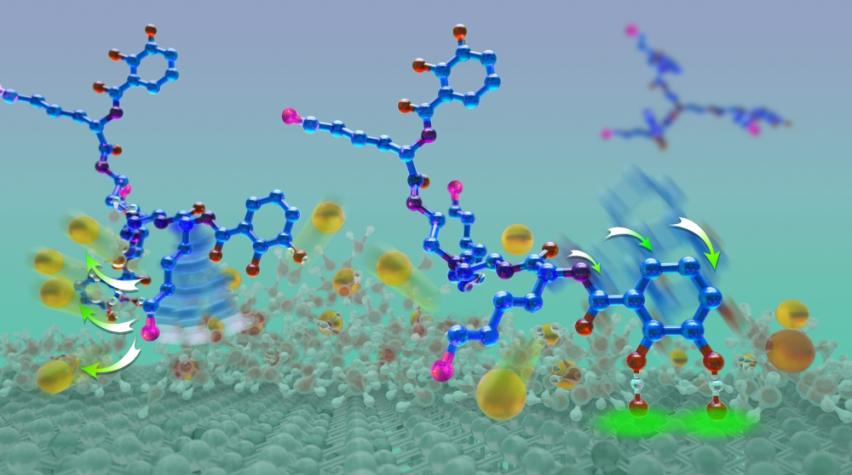
Researchers at the University of California Santa Barbara have modified a small molecule to create strong wet adhesive properties. Inspired by the chemical composition of mussel foot proteins, their work targeted the molecule called siderophore cyclic trichrysobactin (CTC). By modifying the molecule, they created a compound that rivals the adhesive powers of mussels.
The researchers chose CTC because of a visual similarity between some of its compounds and those found in mussel foot proteins. Researcher Alison Butler explained in a press release, “We specifically looked at the synergy between the role of the amino acid lysine and catechol. Both are present in mussel foot proteins and in CTC.”
Mussel foot proteins contain similar amounts of lysine and the catechol dopa. Catechols are chemical compounds used in such biological functions as neurotransmission. However, certain proteins have adopted dopa for adhesive purposes.
After further study, the researchers realized that CTC contained not only lysine but also a compound similar to dopa. Further, CTC paired its catechol with lysine, just like mussel foot proteins do. The discovery eventually led to the modified molecule and its impressive adhesive properties.
To learn more about the researchers’ work, see the press release and check out their published findings in Science.


